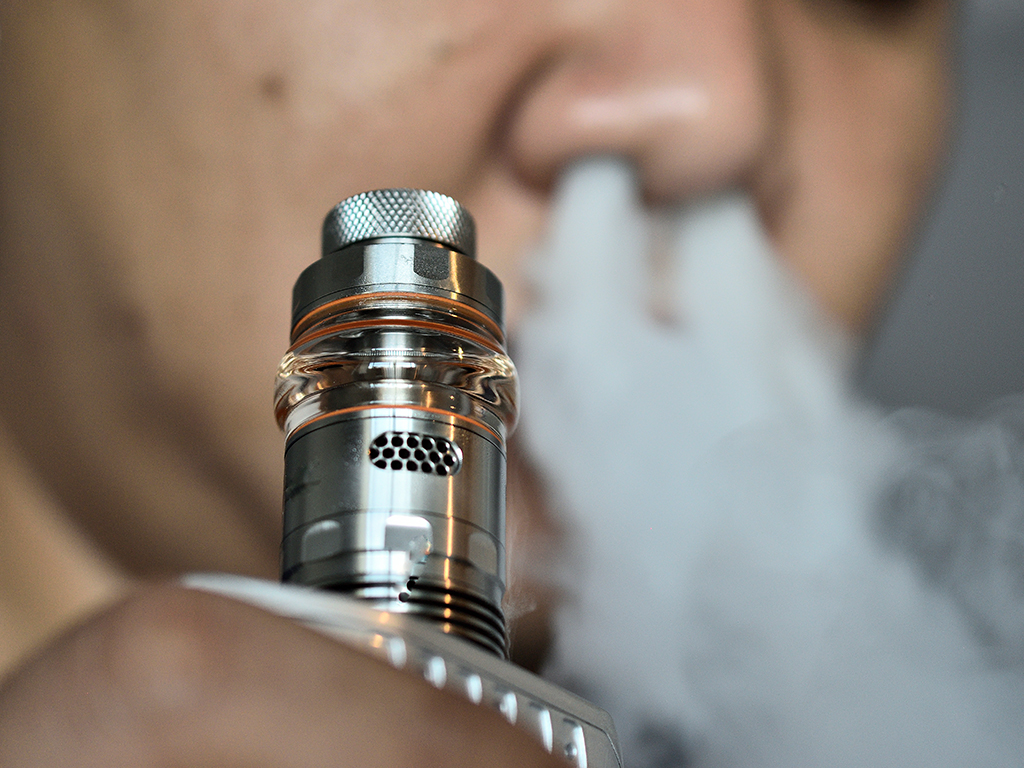Nova Scotia has approved a new regulatory cap on e-liquids and cigarettes making it the first province to adopt a maximum nicotine concentration of 20 milligrams per millilitre.

An order in council signed last week amends the province’s Tobacco Access Act regulations and takes effect Sept. 1.
The move follows an amendment passed in March that banned flavoured vaping products.
The Canadian Cancer Society says Nova Scotia’s maximum nicotine level is the same standard that has been in place in the 28-country European Union for some years.
In an email, the provincial Health Department says the regulatory changes will enhance efforts to protect youth from the harms of nicotine by reducing their exposure to highly addictive concentrations.
The latest health and medical news
emailed to you every Sunday.
A 2016-17 survey suggested 37 per cent of Nova Scotia students in grades 7 to 12 had tried vaping at least once – one of the highest rates in Canada.

In a news release Monday, the Canadian Cancer Society noted a recent study by University of Waterloo researchers that found youth vaping among 16-19 year-olds in Canada more than doubled over a two-year period, from 2017 to 2019.
The study, published in JAMA Pediatrics, found that youth vaping increased from 8.4 per cent in 2017 to 17.8 per cent in 2019 – a 112 per cent increase.
“This dramatic increase in youth vaping has been after tobacco companies entered the Canadian market for e-cigarettes following legalization of e-cigarettes with nicotine in May 2018,” the cancer society said.
It also noted that last November, British Columbia announced it would adopt a regulation for a maximum nicotine level of 20 milligrams per millilitre. The regulation is yet to be adopted.
The Quebec and federal governments have also said that they are considering the measure.
This report by The Canadian Press was first published on May 11, 2020.
More on Health
- Canadian man dies during Texas Ironman event. His widow wants answers as to why
- ‘Sciatica was gone’: hospital performs robot-assisted spinal surgery in Canadian first
- Canadians more likely to eat food past best-before date. What are the risks?
- Treatment from female doctors leads to lower death rates, study finds



Comments